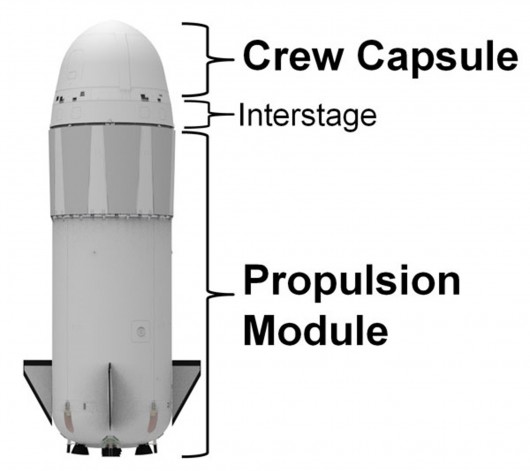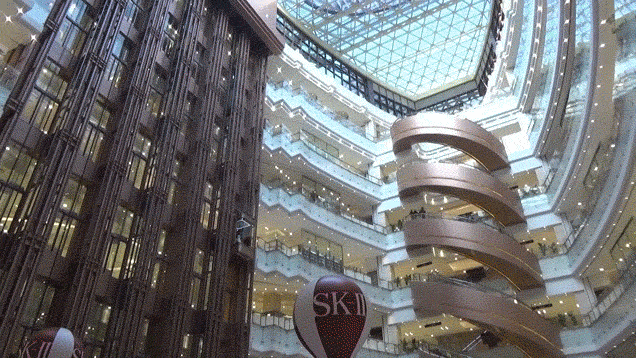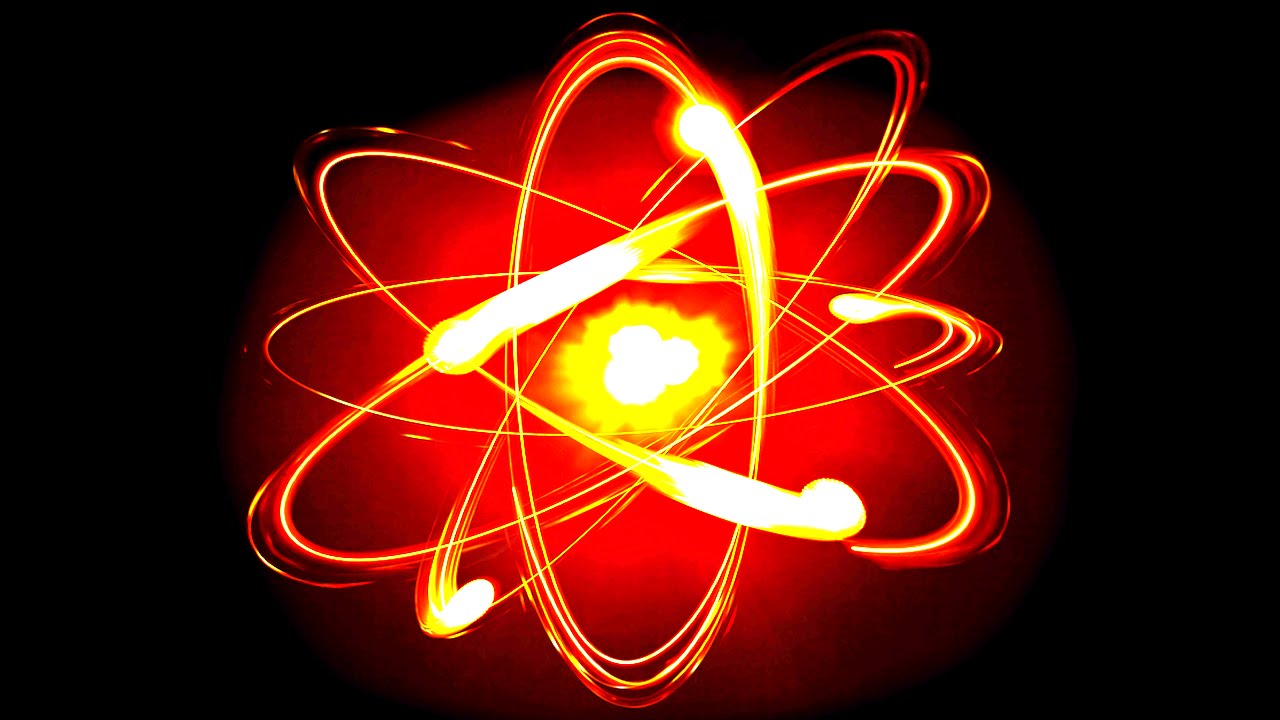
Less than two years ago, the BE-3 rocket engine made its first test firing at the company’s West Texas facility in Van Horn. Since then, according to Blue Origin founder Jeff Bezos, the 110,000-ft-lb engine has completed 30,000 seconds of firing time over 450 tests, which included multiple mission duty cycles, deep throttling, and off-nominal testing points. Bezos says that this opens the way for an eventual suborbital test flight.
The BE-3 is notable as the first new liquid hydrogen engine since the RS-68 engine for the Delta IV booster went into service in 2002. The BE-3, which can be continuously throttled between 110,000 ft-lb and 20,000 ft-lb thrust, is part of a vertical takeoff and landing Reusable Booster System, which will allow the spacecraft to fly again rather than be disposed off after one mission, as is the case with the conventional boosters.
“Liquid hydrogen is challenging, deep throttling is challenging and reusability is challenging,” says Bezos. “This engine has all three. The rewards are highest performance, vertical landing even with a single-engine vehicle and low cost. And, as a future upper stage engine, hydrogen greatly increases payload capabilities.”
The BE-3 is slated to power Blue Origin’s New Shepard suborbital launch system and will later to be adapted as an upper stage engine. This will be succeeded by the fourth-generation BE-4, which burns liquid oxygen and liquefied natural gas for 550,000 ft-lb of thrust. According to Blue Origin, the BE-4 has been selected for the United Launch Alliance’s Next Generation Launch System.
Via GizMag







